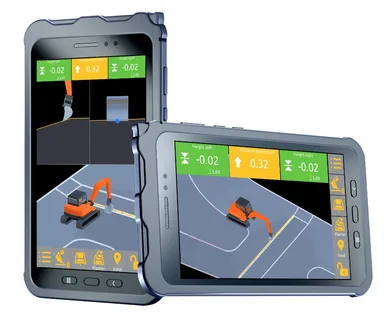In today’s rapidly evolving construction industry, technology is reshaping how projects are planned, executed, and managed. One of the most promising advancements is integrating gps machine control with BIM for smarter projects. This fusion combines precise machine guidance with detailed digital modeling, driving efficiency, accuracy, and collaboration on job sites like never before.
Understanding GPS Machine Control and BIM
Before diving into the integration benefits, it’s important to understand the core components:
- GPS Machine Control: This technology uses Global Positioning System data to automate and guide heavy machinery such as excavators, bulldozers, and graders. Operators receive real-time positioning and elevation information, allowing for precise earthmoving and grading without manual staking.
- Building Information Modeling (BIM): BIM is a digital representation of physical and functional characteristics of a facility. It provides a 3D model enriched with data related to materials, timelines, costs, and construction workflows.
By combining these two technologies, construction teams can achieve a seamless connection between design and field execution.
Benefits of Integrating GPS Machine Control with BIM for Smarter Projects
Enhanced Accuracy and Efficiency
When GPS machine control is integrated with BIM, the machine guidance system receives highly detailed 3D design data directly from the BIM model. This eliminates the need for manual interpretation or conversion of plans. Operators can execute tasks with pinpoint accuracy, reducing errors and rework, which ultimately shortens project timelines.
Improved Collaboration and Communication
Integration ensures that all stakeholders—engineers, contractors, and equipment operators—are working from a single source of truth. Changes made in the BIM model can be instantly updated in the GPS machine control systems, ensuring that the field team always has access to the most current project information. This fosters better communication and coordination across teams.
Cost Savings and Resource Optimization
Smarter projects mean smarter use of resources. The synergy between GPS machine control and BIM allows for precise material usage and minimizes waste. Projects can avoid costly delays and reduce labor expenses by automating machine operations and relying on accurate digital plans.
Implementing the Integration: Key Considerations
To successfully leverage integrating GPS machine control with BIM for smarter projects, organizations must consider:
- Data Compatibility: Ensure that the BIM software and GPS machine control systems can share data seamlessly through compatible file formats and communication protocols.
- Training and Support: Operators and project managers need training to understand how to utilize integrated systems effectively.
- Hardware and Software Investments: Upgrading machinery and adopting BIM-enabled software may require upfront investment but yields significant long-term benefits.
Conclusion
The construction industry stands at the forefront of digital transformation, and integrating GPS machine control with BIM for smarter projects is a critical step towards smarter, safer, and more efficient construction. By leveraging this integration, construction firms can improve project outcomes, reduce costs, and stay competitive in an increasingly technology-driven marketplace.

